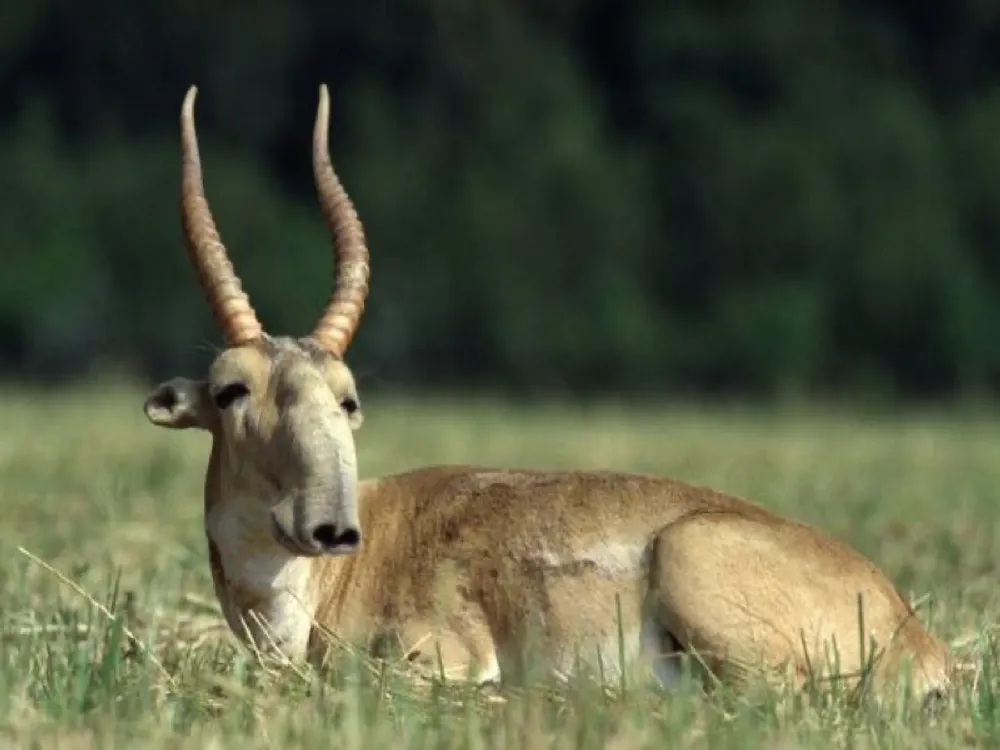The animal kingdom is full of a variety of wonderful and beautiful creatures. There are familiar ones like the elephant and giraffe, and some not so familiar ones like the cassowary and wombat. Even so, many animals feed into a shared perception of what a “normal” animal would be. And that’s what makes some of these animals some completely bizarre.
Greater Sage-Grouse
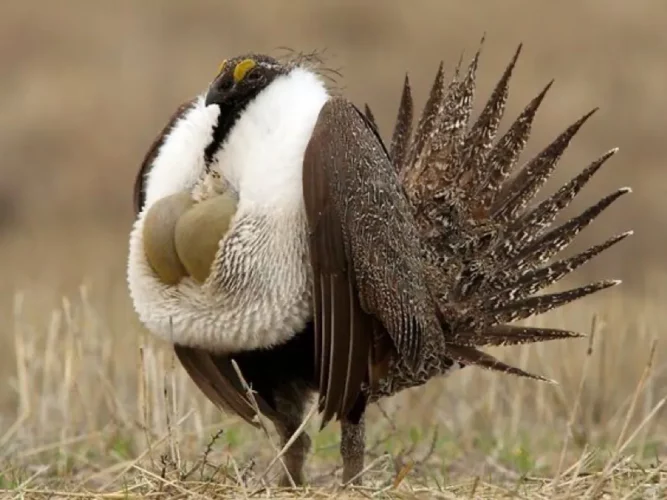
Say hello to the greater sage-grouse. It looks like any other type of fowl, except for the two air sacs on its chest. They’re used to attract females by producing popping sounds. The males will even gather together into a group known as a “lek”, in an attempt to call females over in a larger group.
Ocean Sunfish
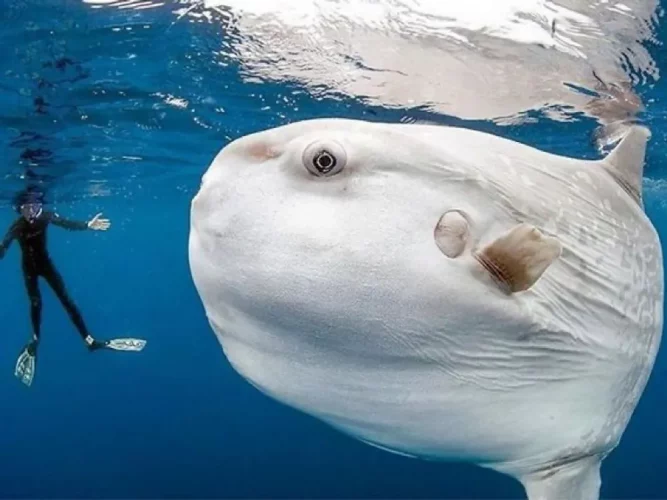
Also known as the Mola Mola, the ocean sunfish is one of the largest fish in the world. Even more impressive given the fact that it isn’t a shark. It weighs nearly 5,000 pounds and can grow up to 14 feet vertically and 10 feet horizontally. Since it spends most of its time near the ocean surface, smaller fish and some birds get the opportunity to clean the sunfish of parasites.
Vogelkop Superb Bird-Of-Paradise
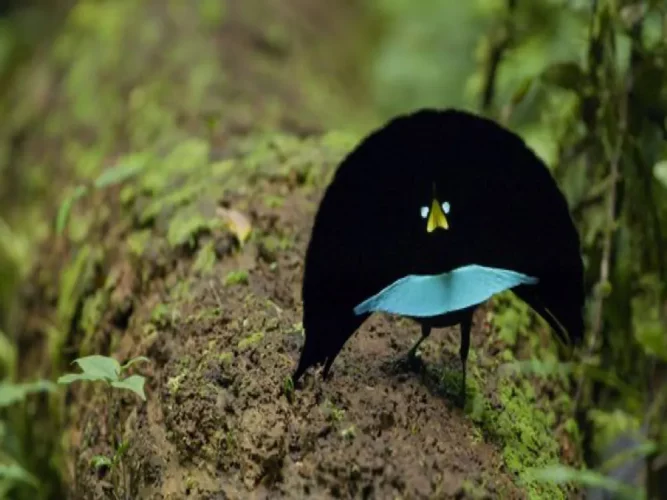
Like many other bird species, the vogelkop superb has a unique mating dance. However, the dance it performs makes it look almost like it isn’t even bird. The image seen here is when it puffs up its cape feathers to perform its bizarre dance. The male will dance in a circle around the female until she either rejects or accepts the male’s advances.
Aye-Aye
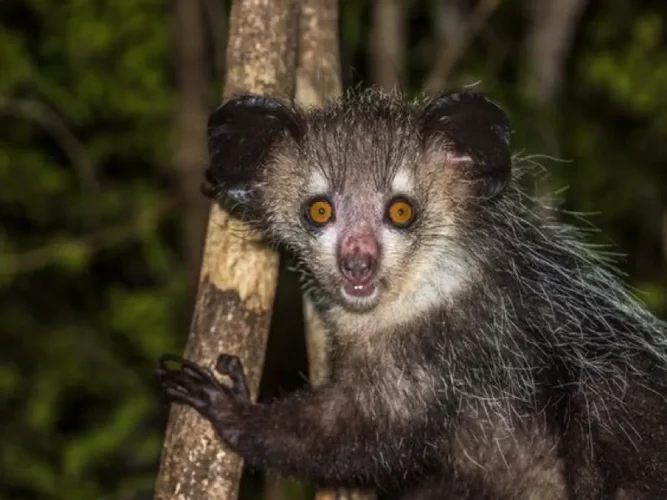
The aye-aye lives in the tree canopies of rain forests of Madagascar. They don’t live anywhere else. They’re currently endangered, as people thought they were bad luck and would kill them. In addition, there has been a great deal of habitat destruction. While they may look frightening, the aye-aye is simply a shy primate. They generally only eat plants and insects, and would have no reason to bother humans.
Japanese Spider Crab
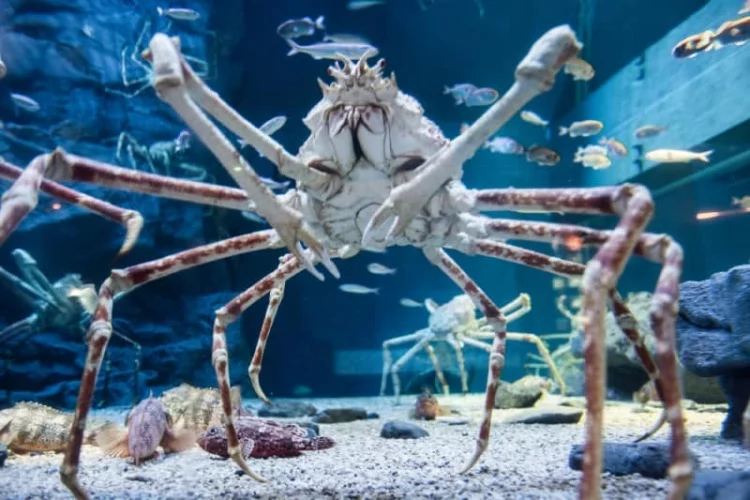
The Japanese spider crab is one of the world’s largest arthropods. Fully stretched out, it can reach almost 12 feet across. They’re the largest crabs on the planet. However, they do still have predators. They’ll place sea sponges and other sea animals over their bodies to blend in with the ocean floor.
Pink Fairy Armadillo
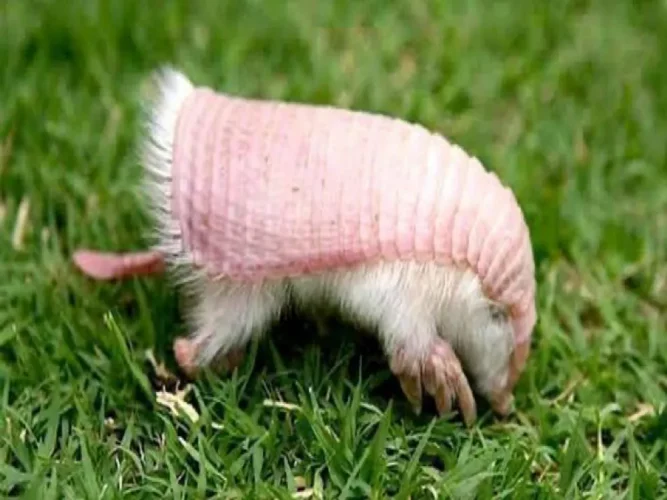
The pink fairy armadillo has a max body length of five inches. It’s one of the smallest mammals in the world, especially for something not classed as a rodent. They’re native to Argentina, where they spend most of their lives burrowing through the desert soil. Their pink shell, their namesake, gains this color from the blood it holds to help regulate the animal’s temperature.
Purple Frog
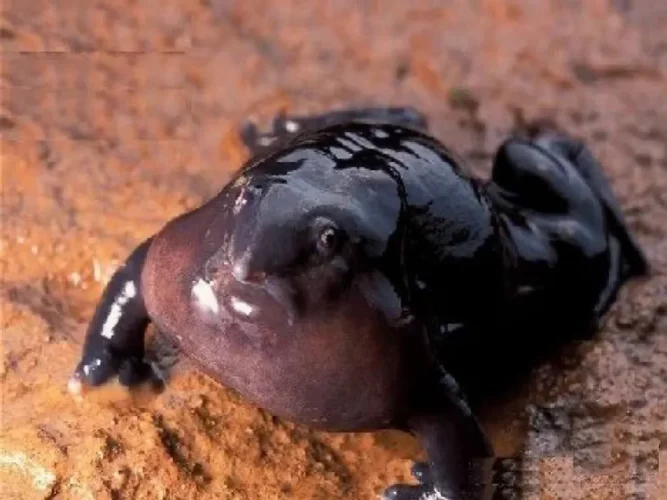
Purple probably isn’t the color you think of when you think of a frog. This frog is also known as the “pig-nosed frog” because of its strange face and body. The species is indigenous to India, but its population has dwindled enough that it’s considered endangered. The tadpoles are eaten, the frog is turned into medicine, and is even made into an amulet meant for children. Said amulet is used to help children conquer their fear of storms.
Blue Dragon (Glaucus Atlanticus)
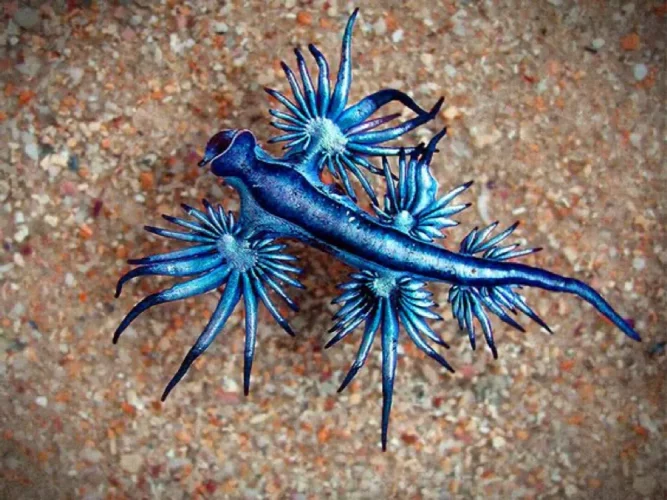
The blue dragon is just one individual in a species known as Glaucus Atlantic. They’re a three-centimeter long sea slug. They move around with an air bubble trapped in their stomach, using it to float and glide through the ocean. Their primary food source is the Portuguese man-o’-war. They even use the tentacles and venom for tor their own protection.
Jerboa
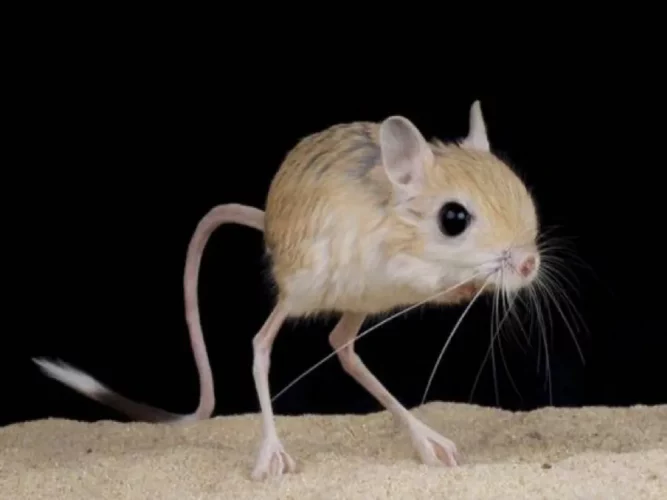
The jerboa is a small rodent with kangaroo-like back legs. Its running speed is impressive, even surpassing most humans at 15 miles per hour. Found in the more arid regions of Asia, Arabia, and Northern Africa, this rodent is more active at night.
Axolotl
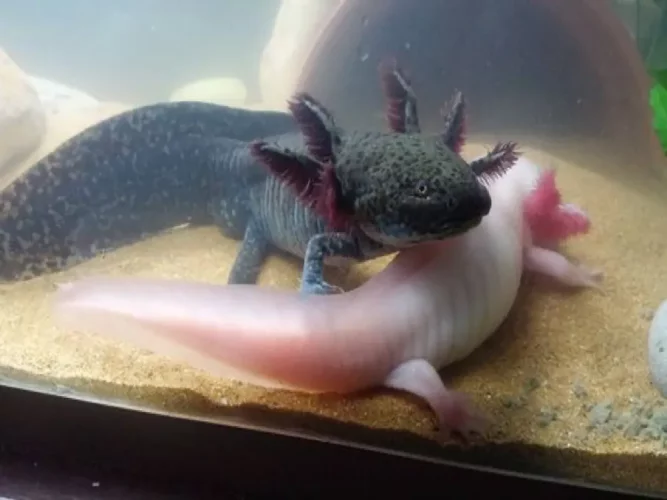
The axolotl is an interesting salamander. Most other amphibians, upon reaching adulthood, loose their lungs and begin living in both the water and on land. The axolotl spends its entire life in the water and never loses its gills. The axolotl also has some of the most advanced regeneration in the animal kingdom, capable of regrowing lost limbs, organs, and even missing segments of its spinal column. Unfortunately, only being found in one location and a destruction of their habitat has led to the species becoming endangered.
Helmeted Hornbill
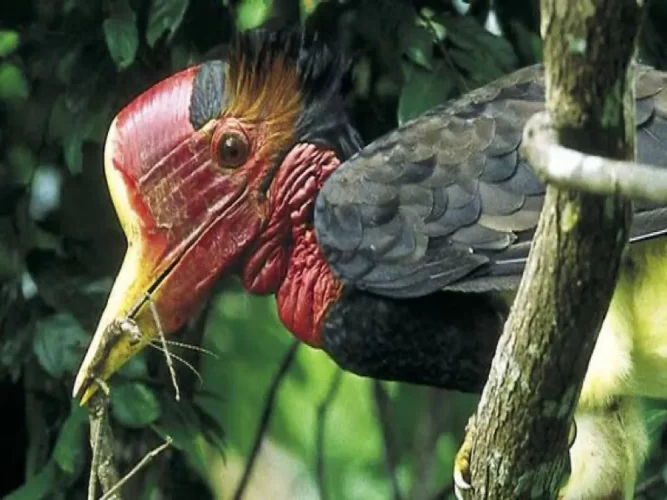
The helmeted hornbill is another endangered species. Their “casque”, the large growth at the base of their beaks, is used to make jewelry and other art. The hornbill in the wild will actually use their casque to battle others of their species in midair.
Ctenophore
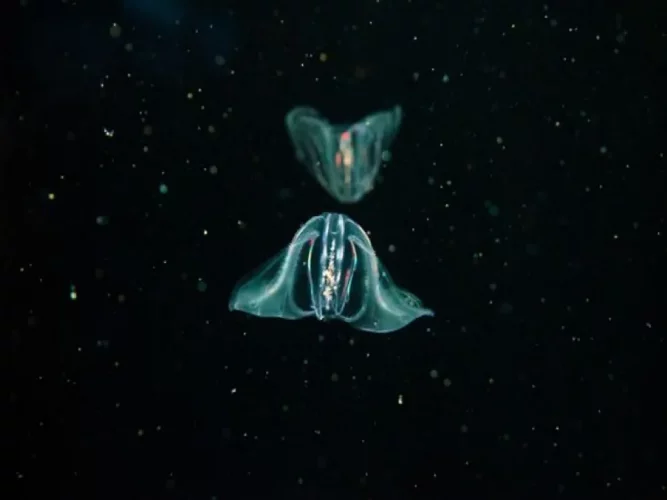
It’s hard to tell what kind of creature this is at first. It may or may not be too surprising to discover that the ctenophore is a cousin of the common jellyfish. More commonly, they’re called “comb jellies”. They don’t sting, but stick to their prey. They live rather deep in the ocean, closer to the seafloor.
Heikegani Crab
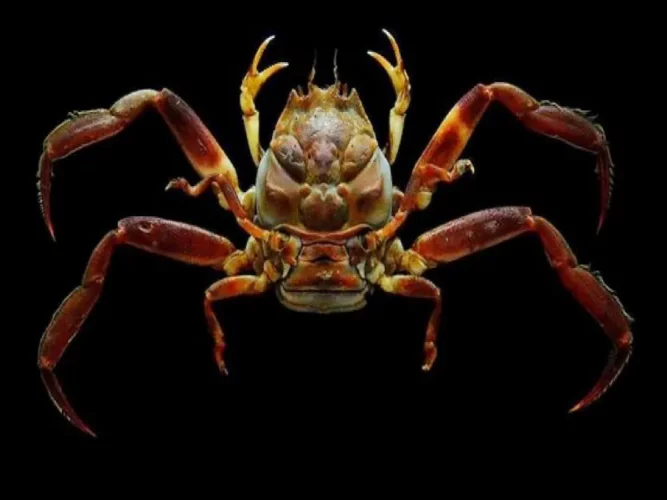
There are just so many interesting species of crab. For example, the Heikegani crab here is only four-centimeters long. It’s named after the Japanese Heike clan. Its shell is actually likened to the appearance of a samurai helmet by some.
Lowland-Streaked Tenrec
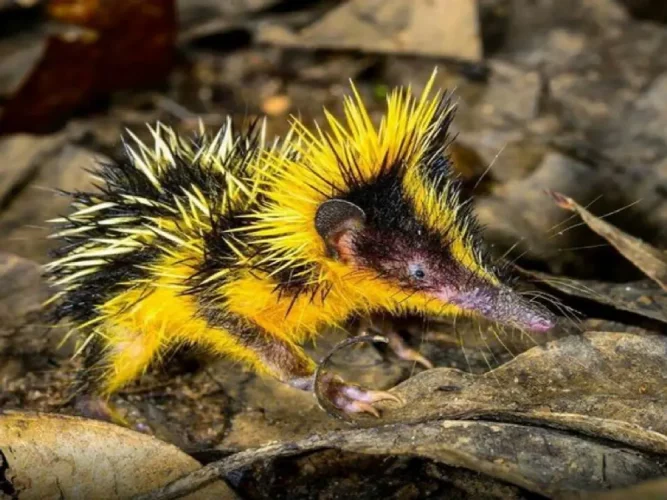
The lowland-streaked tenrec looks more like a Pokémon than an actual animal. The spines on its body aren’t just for show, they’re actually sharp and are used for protecting. The tenrec and its sub-species are all found in Madagascar.
Saiga Antelope
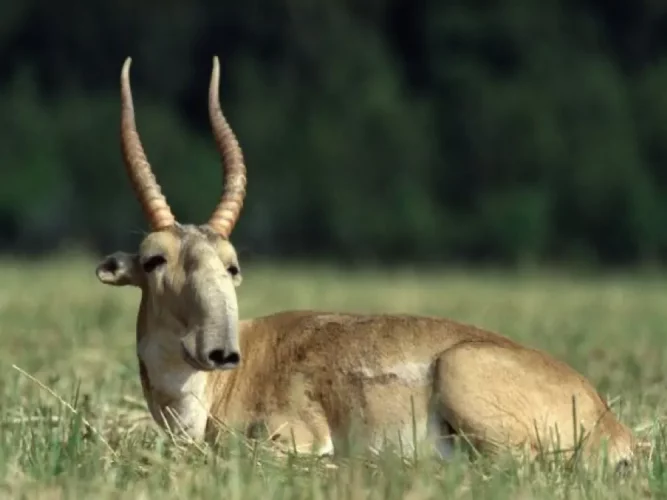
The Saiga antelope looks like some creature out of Star Wars. Centuries ago, millions of these antelopes wandered about Central Asia. But now, only 1,000 remain. The Soviet Union put in draconian protections to help protect the species, but after its fall the Saiga was hunted relentlessly once again. And in 2015, even more of the remaining population was lost to a bacterial infection brought forth by global warming.
Guianan Cock
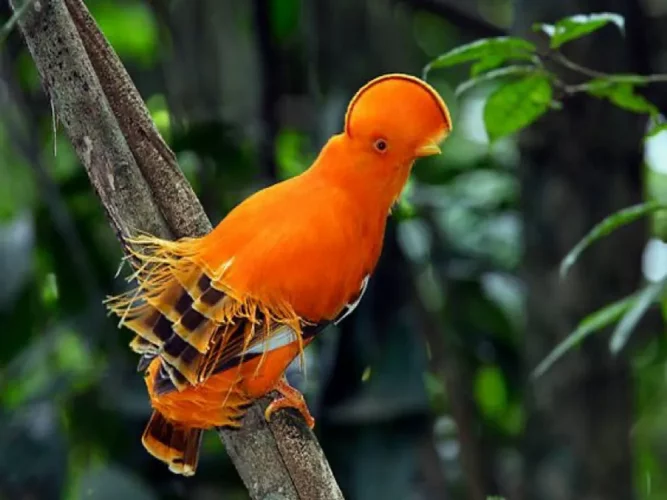
The big crest on this bird’s head almost completely hides its beak. It’s found in South American forest, near rock caves and boulders when mating season begins. Like the sage-grouse, the males gather in a group, aptly called a “court”, in order to attempt to attract approaching females.
Hairy Frog
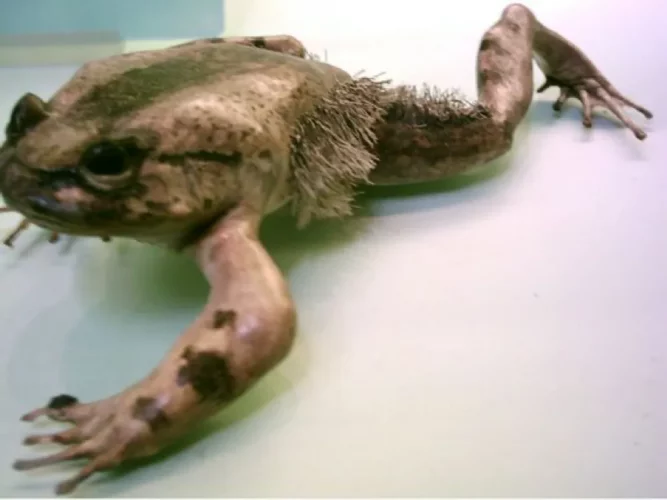
It’s also known as the “horror frog” and for good reason. Amphibians aren’t supposed to have hair. Although, only the males get these hairs. The strangest part about these creatures is that they’ll break their own hind legs and use the broken bones, piercing through their skin, in combat with other males.
Hammer-Headed Bat
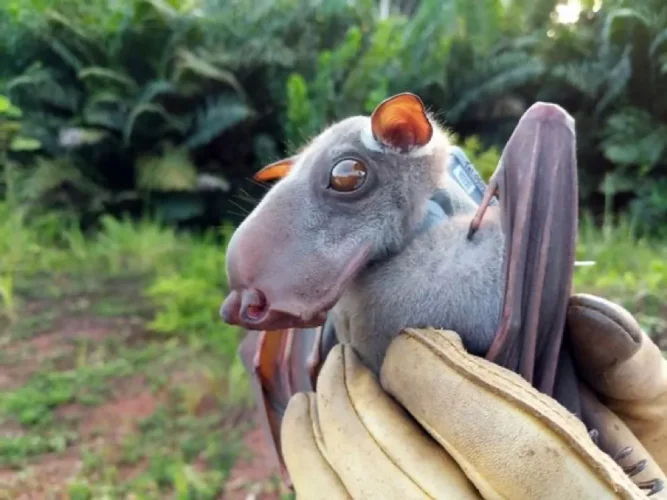
Their faces look more like pigs than a bat. The males have the abnormally large heads associated with the species which they use to produce honking sounds to attract mates. They’re native to Africa. While not particularly attractive (or they’re maybe adorable if that’s your thing), the only real danger they pose is eating the fruit crops of farmers.
Hyrax
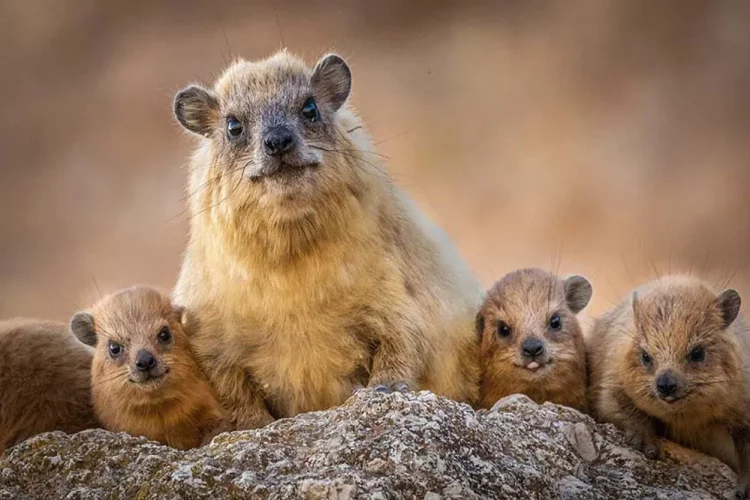
Behold, the closest living relative of the elephant. The hyrax primarily lives in Africa and the Middle East. They look like guinea pigs, but share more in common with elephants, like tusks and flattened hoof-like nails.
Star-Nosed Mole
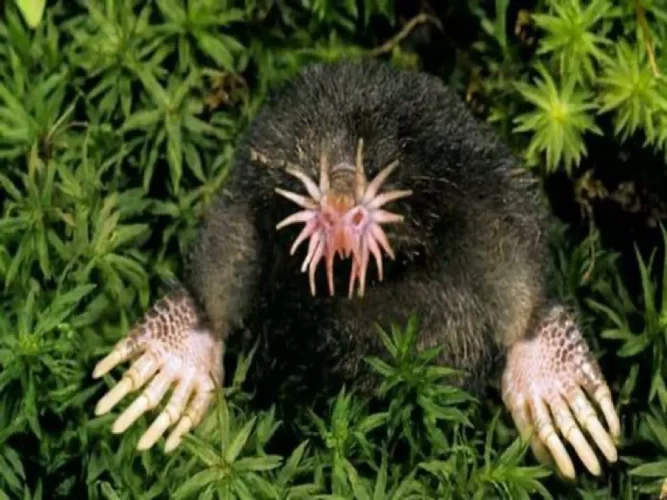
The star-nosed mole looks like an alien, yet may still be the most familiar animal on this list. The star-nosed mole actually appeared as a featured animal in an episode of the Disney Channel television series Phineas and Ferb in 2009. The mole’s essentially blind and uses the sensors on its nose to feel around the soil as it digs. It can even blow bubbles while underwater to allow it to smell while completely submerged.
Mexican Mole Lizard
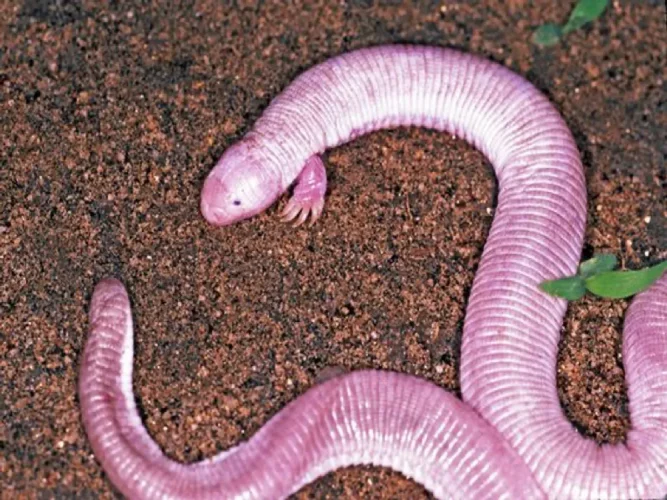
There are actually species of lizards without legs like the Mexican mole lizard. This one still has forelimbs, but no hind limbs. They spend their entire lives underground, only coming out at dusk or night. Because of their subterranean lifestyle, their skin is light-colored, as they lack melanin.
Ankosi-Watusi Bull
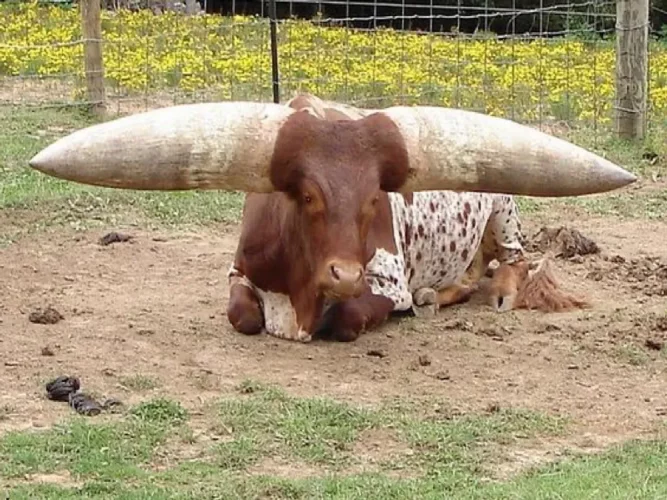
Look at the size of those horns! They’re so big they don’t even look real! Well, they are real, and they belong to the Ankosi-Watusi bull in Africa. The horns actually allow the bull to release or conserve heat depending on the climate.
Tarsier
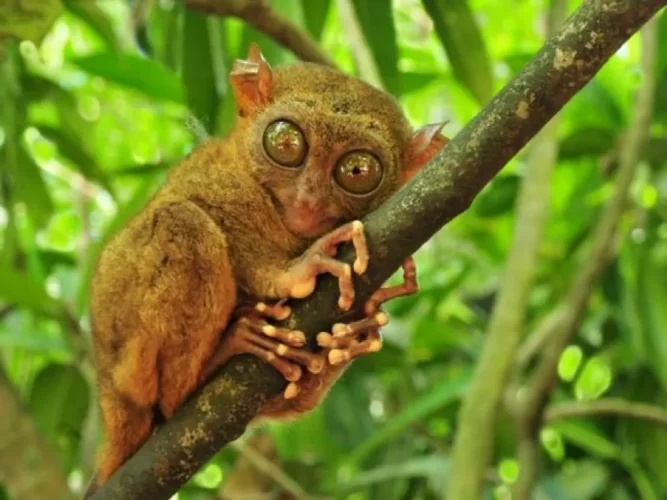
The tarsier is equal parts cute and creepy. Their giant eyes give them perfect night vision, although they can’t move at all. Instead, the tarsier rotates its entire head. They’re uniquely the only pure carnivore out of all primates.
Bigfin Squid
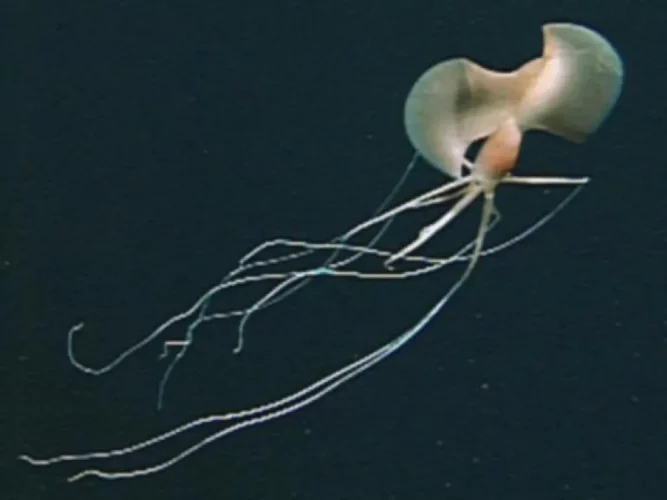
Deep-sea squids are rarely observed. It’s been difficult to even get photos of them. You can tell given the quality of the photo of this bigfin squid. This one poses no danger to humans, but is certainly a terrifying creature to look at.
Casper Octopus
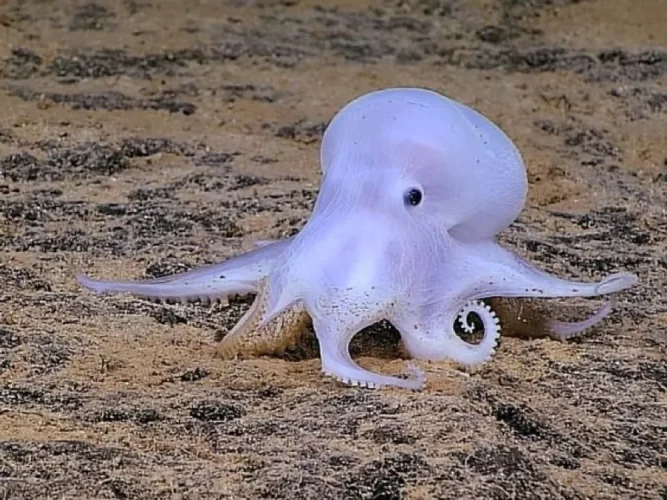
This cute octopus is different from its octopus brothers in that it lacks chromatophores. That’s the cells octopuses use to disguise themselves. That’s because the caspers live deep in the sea, where there are far fewer predators. Although, the females are still just as self-destructive when it comes to protecting their young. They’ll lay 30 eggs on a dead sea sponge, then wrap their body on the sponge as a barrier for years.
Sponsored Content

